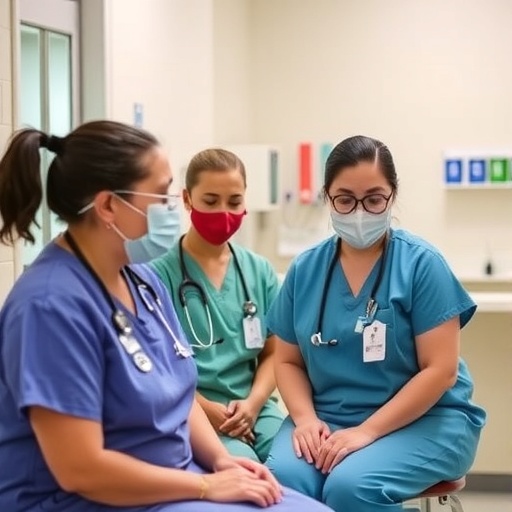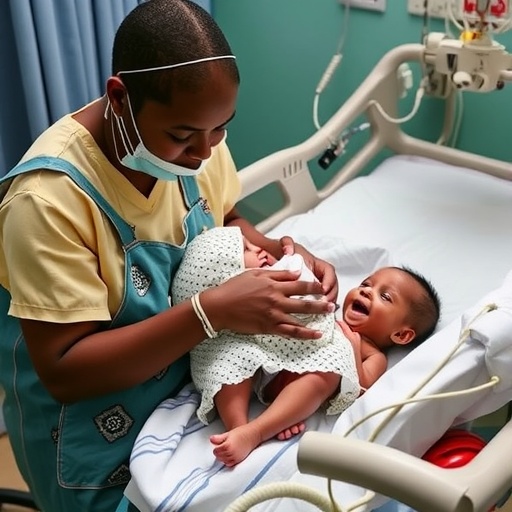One of the recurring media narratives about the nature of science today is that it is "broken" or "in crisis." In the mainstream press, some stories about the failure to reproduce study results or the rising retraction rate or incidents of scientific fraud have been accompanied by assertions about a "systemic crisis" in areas of science – or in science itself.
But a new analysis of how the media cover science news argues that generalizations about a crisis in science aren't justified by the available evidence. The essay proposes that those who communicate science, including journalists, scholars and scientists themselves, should more accurately convey its investigatory nature, the self-correction process, and corrective measures without legitimizing a faulty narrative.
The article, published in the Proceedings of the National Academy of Sciences and authored by Kathleen Hall Jamieson, director of the Annenberg Public Policy Center of the University of Pennsylvania, examines three media storylines used to describe the nature of scientific discovery. Jamieson writes that one of the narratives – that science is "in crisis" or "broken" – is especially concerning and may have been inadvertently encouraged by scientists' efforts to find and correct problems in scientific practice.
"This is troubling in part because defective narratives can enhance the capacity of partisans to discredit areas of science – including genetic engineering, vaccination, and climate change – containing findings that are ideologically uncongenial to them," Jamieson writes. "In contrast, accurate narratives can increase public understanding not only of the nature of the discovery process, but also of the inevitability of false starts and occasional fraud."
The issue is important, Jamieson says, because the news media affect the extent to which we think about a subject and how we think about it, and misleading accounts about science can affect the public's trust in science. The "science is broken" story has appeared in outlets such as The New York Times, The Wall Street Journal, The Guardian, The Atlantic, Vox and Slate.
Three popular narratives about science
Jamieson considers three structures in science narratives – the quest discovery, the counterfeit discovery, and the systemic problem. The quest, a classic literary genre used from Gilgamesh to The Lord of the Rings, is used in science narratives to showcase not just new discoveries but particularly those useful to humankind. Of the 60 studies that received the most media coverage from May 2016 to April 2017, according to the tracking firm Altmetric, nearly half were related to human health and well-being.
The "counterfeit discovery," by contrast, is the tale of a deceptive scientist and a "dishonorable quest," the story of someone who has "gulled custodians of knowledge" such as journal editors and peer reviewers. In this case, the discovery is investigated and challenged, as in the case of Anil Potti of Duke University, whose fraudulent work on treating lung cancer was uncovered by two MD Anderson biostatisticians. Coverage of the fraud in 60 Minutes and The New York Times showed how the discovery of deception and corrective measures were part of the scientific self-corrective culture.
Scientists and a flawed survey fuel a 'crisis'
Jamieson argues that the third narrative – science is broken – is an overgeneralization, even in fields such as oncology and psychology where there are large studies documenting failures to replicate findings. While scholars and scientists are the ones who have found problems in scientific research, a "problem-focused news narrative" sometimes buries their corrective intent under headlines and storylines that emphasize the flaws. "In such accounts, scientists are portrayed as publicizing problems, not proffering solutions," she says.
At times, scientists themselves have fueled the impression of a crisis. Over a five-year period, a third of the stories in Nexis and Factiva featuring science-in-crisis headlines were written by scientists. In 2017, NPR science reporter Richard Harris published the systemic-problem-titled book Rigor Mortis: How Sloppy Science Creates Worthless Cures, Crushes Hope, and Wastes Billions. In a Wall Street Journal essay drawn from it, Harris wrote that "scientists point to what they call the 'reproducibility crisis' – that is, studies whose results can't be duplicated and are untrustworthy if not invalid." Harris said in an interview that he's "not convinced it's a crisis," but "scientists are increasingly aware of these serious problems," which is good because "recognizing a problem is the first step toward solving it."
A problematic 2016 "survey" published in the journal Nature, and cited by Harris, reinforced the "crisis" narrative, Jamieson says. The respondents were described as "researchers," "scientists" and "readers," but were not a random sample of verified scientists but rather respondents to a questionnaire emailed to Nature readers and people who answered an ad "on affiliated websites and social media outlets." The wording of the questionnaire "primed the very crisis it reportedly uncovered" by inviting respondents to confirm the existence of the crisis, Jamieson says.
How to improve the science narrative
Jamieson identifies ways that science narratives can be improved, among them:
- Include information that reflects the practices and protections of science, such as the trial-and-error process, and the ways science detects and protects itself from deception;
- Reserve "dire characterizations of the state of science" for cases in which "integrity-threatening problems are being ignored";
- Treat self-correction as a central part of the scientific process, not an afterthought – before regarding a rise in retractions as a "crisis in science," consider the argument that they are a "signal that science is working";
- Focus on problems without shortchanging solutions: "To perform their accountability function well, reporters should not only alert the public to problems in consequential science but also scrutinize how and how well they are being addressed."
The article concludes: "By responsibly publicizing both breaches of integrity and attempts to forestall them, news can perform its accountability function without undermining public trust in the most reliable form of knowledge generation humans have devised."
The Annenberg Public Policy Center was established in 1994 to educate the public and policy makers about the media's role in advancing public understanding of political, health, and science issues at the local, state and federal levels.
###
Media Contact
Michael Rozansky
[email protected]
215-746-0202
@APPCPenn
http://www.annenbergpublicpolicycenter.org/
http://www.annenbergpublicpolicycenter.org/crisis-or-self-correction
Related Journal Article
http://dx.doi.org/10.1073/pnas.1708276114




